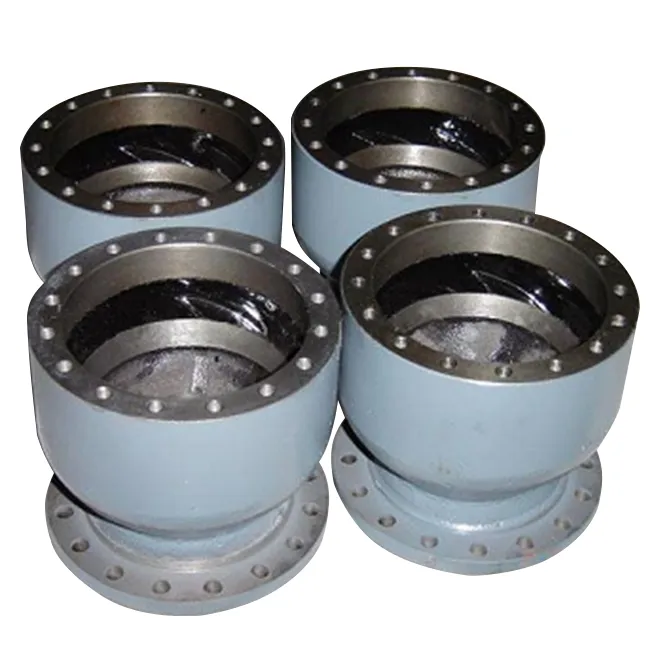Mobile:+86-311-808-126-83
Email:info@ydcastings.com
die casting steps
The Steps Involved in Die Casting A Comprehensive Overview
Die casting is a versatile manufacturing process used primarily for producing metal parts with complex geometries and high precision. The process involves forcing molten metal into a mold cavity under high pressure. This technique is widely employed in various industries, including automotive, aerospace, electronics, and consumer goods. Understanding the steps involved in die casting can provide insights into its advantages, applications, and the intricacies of the manufacturing process.
Step 1 Preparation of the Die
The die casting process begins with the preparation of the die, also known as the mold. Dies are typically made from high-strength steel or other durable materials to withstand the high pressures associated with molten metal. The die is carefully designed to ensure that it can produce the desired part accurately and efficiently. This includes the incorporation of features such as cooling channels, ejector pins, and alignment details. The design and construction of the die can significantly influence the quality and precision of the final product.
Step 2 Melting the Metal
Once the die is ready, the next step involves melting the desired metal. Common metals used in die casting include aluminum, zinc, and magnesium due to their excellent fluidity and low melting points. The metal is heated in a furnace until it reaches a molten state, at which point it can be introduced into the die. The choice of metal often depends on the specific requirements of the application, including factors such as weight, strength, and corrosion resistance.
Step 3 Injection of Molten Metal
With the die prepared and the metal melted, the molten metal is injected into the die cavity. This stage is critical, as it determines the quality of the cast part. High pressure—often exceeding 1000 psi—is applied to ensure that the molten metal flows throughout the die, filling all intricate passages and details. There are two primary methods of injection hot chamber and cold chamber die casting. In hot chamber die casting, the injection unit is submerged in the molten metal, while in cold chamber die casting, the metal is ladled into the injection unit, making it suitable for higher melting point metals.
die casting steps

Step 4 Cooling and Solidification
After the die is filled with molten metal, it is allowed to cool and solidify. The cooling process can take anywhere from a few seconds to several minutes, depending on the thickness of the cast part and the temperature of the die. Effective cooling is crucial, as it affects the dimensional accuracy and structural integrity of the final product. Cooling channels within the die play a significant role in maintaining optimal temperatures during this stage.
Step 5 Ejection of the Cast Part
Once the metal has solidified, the next step involves ejecting the cast part from the die. Ejector pins, which were built into the die during the design phase, push the finished part out of the mold. Care must be taken during this process to ensure that the part is not damaged and that any excess metal, known as flash, is minimized.
Step 6 Finishing Processes
After ejection, the cast parts may require additional finishing processes to enhance their appearance and functionality. Common finishing techniques include trimming, machining, and surface treatment. These processes help achieve tighter tolerances, improve surface finishes, and prepare the parts for subsequent assembly or use.
Conclusion
Die casting is a highly efficient manufacturing process that, when executed correctly, yields high-quality, durable metal parts. By understanding the sequential steps—from die preparation to finishing processes—manufacturers can optimize their die casting operations for better performance and quality. As industries continue to evolve, die casting remains a vital technique, adapting to meet the demands of modern manufacturing.
-
Why Should You Invest in Superior Pump Castings for Your Equipment?NewsJun.09,2025
-
Unlock Performance Potential with Stainless Impellers and Aluminum End CapsNewsJun.09,2025
-
Revolutionize Your Machinery with Superior Cast Iron and Aluminum ComponentsNewsJun.09,2025
-
Revolutionize Fluid Dynamics with Premium Pump ComponentsNewsJun.09,2025
-
Optimizing Industrial Systems with Essential Valve ComponentsNewsJun.09,2025
-
Elevate Grid Efficiency with High-Precision Power CastingsNewsJun.09,2025











